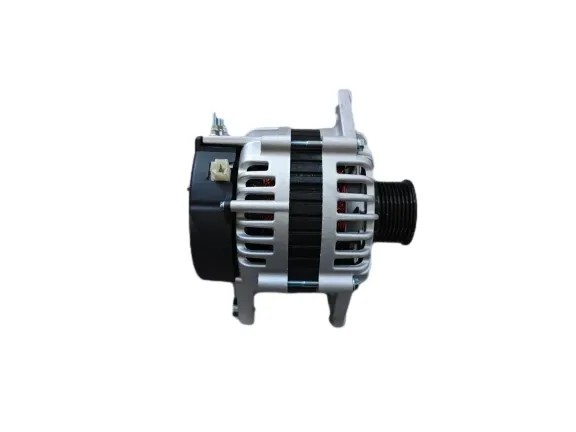A important Urban Advertising Finish competitive-edge northwest wolf product information advertising classification

Structured advertising information categories for classifieds Precision-driven ad categorization engine for publishers Adaptive classification rules to suit campaign goals An automated labeling model for feature, benefit, and price data Segmented category codes for performance campaigns A classification model that indexes features, specs, and reviews Clear category labels that improve campaign targeting Segment-optimized messaging patterns for conversions.
- Attribute metadata fields for listing engines
- Consumer-value tagging for ad prioritization
- Technical specification buckets for product ads
- Offer-availability tags for conversion optimization
- User-experience tags to surface reviews
Ad-content interpretation schema for marketers
Complexity-aware ad classification for multi-format media Mapping visual and textual cues to standard categories Understanding intent, format, and audience targets in ads Analytical lenses for imagery, copy, and placement attributes Classification serving both ops and strategy workflows.
- Besides that model outputs support iterative campaign tuning, Segment packs mapped to business objectives Better ROI from taxonomy-led campaign prioritization.
Product-info categorization best practices for classified ads

Critical taxonomy components that ensure message relevance and accuracy Deliberate feature tagging to avoid contradictory claims Studying buyer journeys to structure ad descriptors Producing message blueprints aligned with category signals Maintaining governance to preserve classification integrity.
- To illustrate tag endurance scores, weatherproofing, and comfort indices.
- Alternatively highlight interoperability, quick-setup, and repairability features.
Using standardized tags brands deliver predictable results for campaign performance.
Brand experiment: Northwest Wolf category optimization
This case uses Northwest Wolf to evaluate classification impacts Product range mandates modular taxonomy segments for clarity Examining creative copy and imagery uncovers taxonomy blind spots Authoring category playbooks simplifies campaign execution Insights inform both academic study and advertiser practice.
- Additionally it supports mapping to business metrics
- Case evidence suggests persona-driven mapping improves resonance
Historic-to-digital transition in ad taxonomy
Across transitions classification matured into a strategic capability for advertisers Conventional channels required manual cataloging and editorial oversight The web ushered in automated classification and continuous updates Search and social advertising brought precise audience targeting to the fore Content taxonomies informed editorial and ad alignment for better results.
- Take for example taxonomy-mapped ad groups improving campaign KPIs
- Furthermore content labels inform ad targeting across discovery channels
Consequently taxonomy continues evolving as media and tech advance.
Taxonomy-driven campaign design for optimized reach
Connecting to consumers depends on accurate ad taxonomy mapping Predictive category models identify high-value consumer cohorts Category-led messaging helps maintain brand consistency across segments Classification-driven campaigns yield stronger ROI across channels.
- Classification uncovers cohort behaviors for strategic targeting
- Personalization via taxonomy reduces irrelevant impressions
- Analytics grounded in taxonomy produce actionable optimizations
Audience psychology decoded through ad categories
Comparing category responses identifies favored message tones Classifying appeals into emotional or informative improves relevance Label-driven planning aids in delivering right message at right time.
- Consider humorous appeals for audiences valuing entertainment
- Alternatively detail-focused ads perform well in search and comparison contexts

Leveraging machine learning for ad taxonomy
In competitive landscapes accurate category mapping reduces wasted spend Classification algorithms and ML models enable high-resolution audience segmentation Massive data enables near-real-time taxonomy updates and signals Data-backed labels support smarter budget pacing and allocation.
Brand-building through product information and classification
Organized product facts enable scalable storytelling and merchandising Story arcs tied to classification enhance long-term brand equity Ultimately taxonomy enables consistent cross-channel message amplification.
Standards-compliant taxonomy design for information ads
Policy considerations necessitate moderation rules tied to taxonomy labels
Well-documented classification reduces disputes and improves auditability
- Standards and laws require precise mapping of claim types to categories
- Ethics push for transparency, fairness, and non-deceptive categories
Head-to-head analysis of rule-based versus ML taxonomies

Major strides in annotation tooling improve model training efficiency Comparison provides practical recommendations for operational taxonomy choices
- Rules deliver stable, interpretable classification behavior
- Data-driven approaches accelerate taxonomy evolution through training
- Rule+ML combos offer practical paths for enterprise adoption
Operational metrics and cost factors determine sustainable taxonomy options This analysis will be instrumental for practitioners and researchers alike in making informed selections regarding the most effective models for their specific objectives.